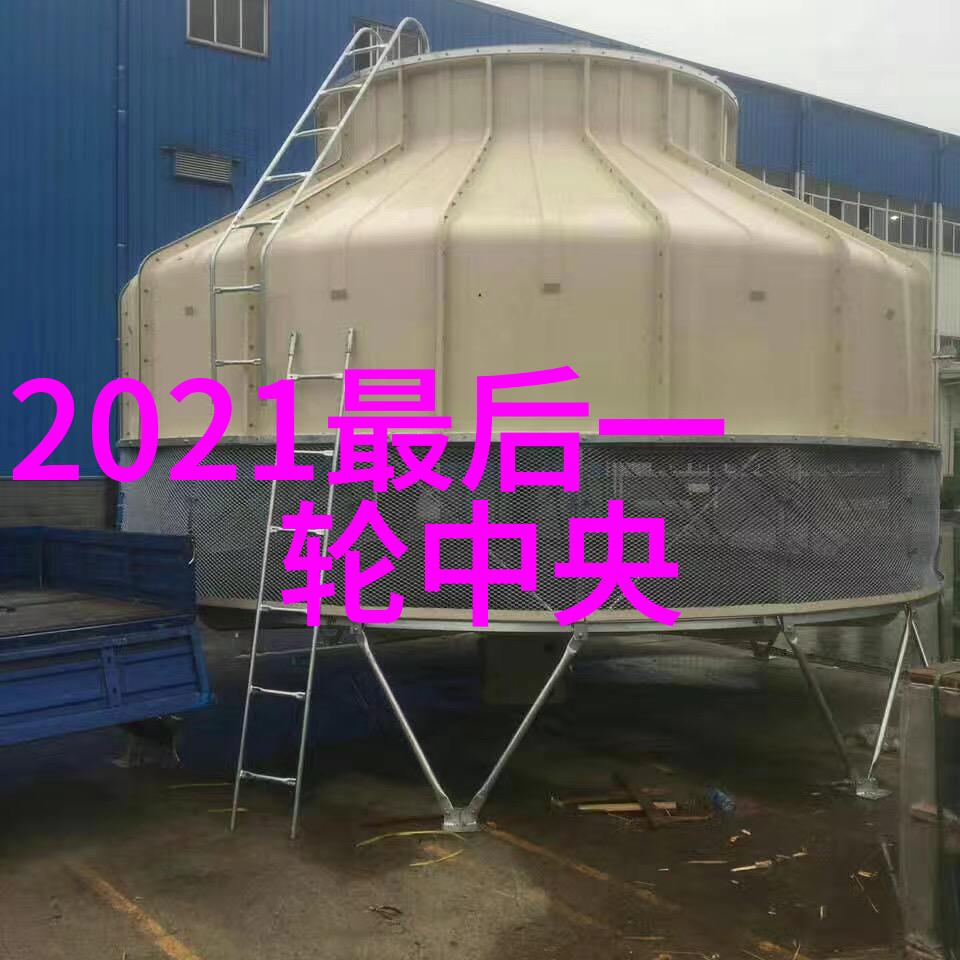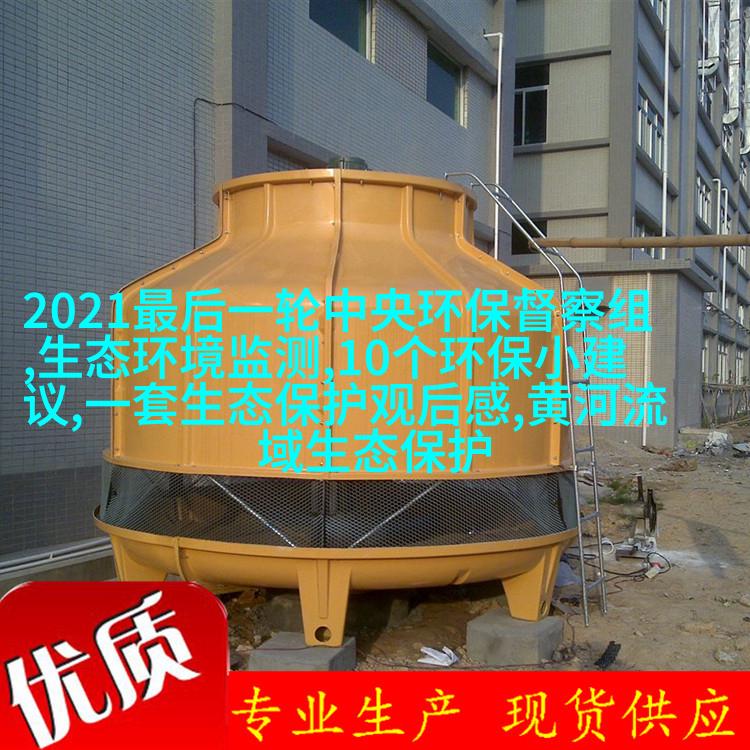工业仪器仪表网高科技与老旧设备的奇妙对决
在当今这个快速发展的时代,技术的进步无处不在,它改变着我们生活的方方面面。尤其是在工业领域,高科技仪器仪表的应用越来越广泛,它们不仅提高了生产效率,也保障了产品质量。但是,在这样的背景下,我们也看到了一个反差——即便是在互联网连接遍布每个角落的现代社会里,一些老旧设备依然存在于某些工厂和企业中,这种现象让人感到既诧异又有趣。

高科技与老旧设备:一场奇妙对决
1. 工业仪器仪表网:数字化转型的关键

随着信息技术的飞速发展,工业界已经开始逐步进入数字化转型阶段。在这一过程中,工业仪器仪表网扮演着至关重要的地位。它不仅仅是一种技术手段,更是一个集成各类传感器、执行单元和控制系统于一体的大平台。这使得不同类型和来源的数据可以通过网络相互连接,从而实现实时监控、远程操作和智能分析。
2. 老旧设备:隐秘中的坚守者

然而,并非所有工厂都能够或愿意进行如此大的变革。一些小型企业或者资源有限的小规模制造商,他们可能因为成本考量或者对新技术缺乏信心,不愿意投入大量资金去更新他们的手动工具或是低级别自动化设备。而这些老旧设备虽然看似落后,但它们依然能完成生产任务,而且由于简单易维护,因此仍有其不可忽视的地位。
3. 网络与孤岛:两种不同的世界

对于那些投身于工业4.0浪潮中的企业来说,其生产线上装备的是最新最先进的一代机器,这些机器通过高性能网络相互联通,可以实现精确控制、自动调节甚至自我诊断。然而,对于那些还停留在过去的人们来说,他们所处的是一个孤立无援的小岛,每一次改进都要从零开始,而这通常意味着更多的人力物力投入。
4. 创新与传统:并行而不是冲突

尽管这种反差给人以一种美学上的冲突,但实际上,它们并不一定是矛盾关系。一部分公司可能会选择将新的智能化解决方案部署到核心流程中,同时保留一些简单但有效的手动操作作为辅助手段。这种并行使用既保持了创新精神,又考虑到了实际可行性。
5. 未来的展望:共存与融合
未来,无论哪种类型的事业单位,都需要找到适合自己的平衡点。在此过程中,行业标准将更加强调兼容性和开放性,以便不同层次、不同历史阶段的事业单位能够更容易地接轨。这就要求研发人员不断创新,为不同需求设计出更为灵活多样的解决方案,使得工业间接口变得更加“友好”。
总结:
Industrial instruments network, a crucial part of the digital transformation in industry, has brought about great changes in productivity and efficiency for many businesses around the world. However, there are still some old devices that exist side by side with these high-tech tools, forming an interesting contrast between tradition and innovation.
In this article we have explored how industrial instruments network is shaping the future of industries while also acknowledging the presence of old equipment that continue to serve their purpose despite being less advanced than modern technology.
The two worlds may seem like they are at odds with each other but they can coexist and even complement each other as companies find ways to balance their use of new technologies alongside older ones.
Looking ahead into the future it seems likely that we will see more emphasis on compatibility and openness in industry standards so that all levels of businesses can easily integrate their systems together.
This article highlights not only the benefits of adopting cutting-edge technology but also acknowledges the importance of preserving traditional methods where appropriate, showing us a glimpse into what could be a harmonious blend between progress and heritage in our ever-evolving world



